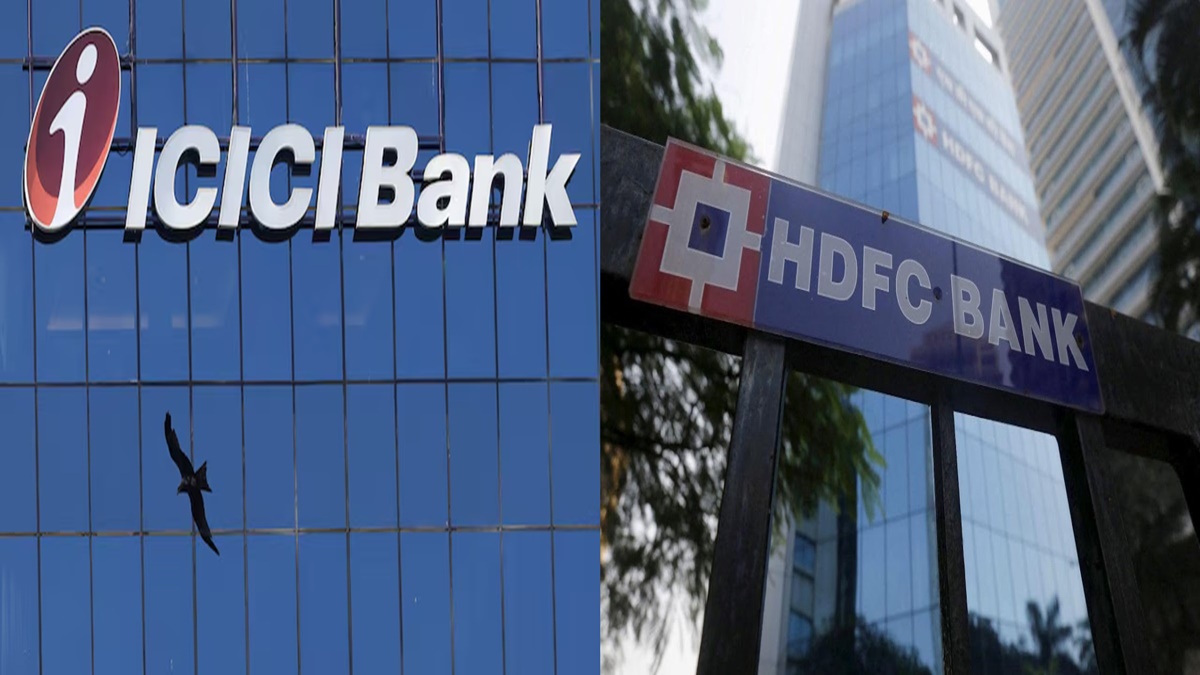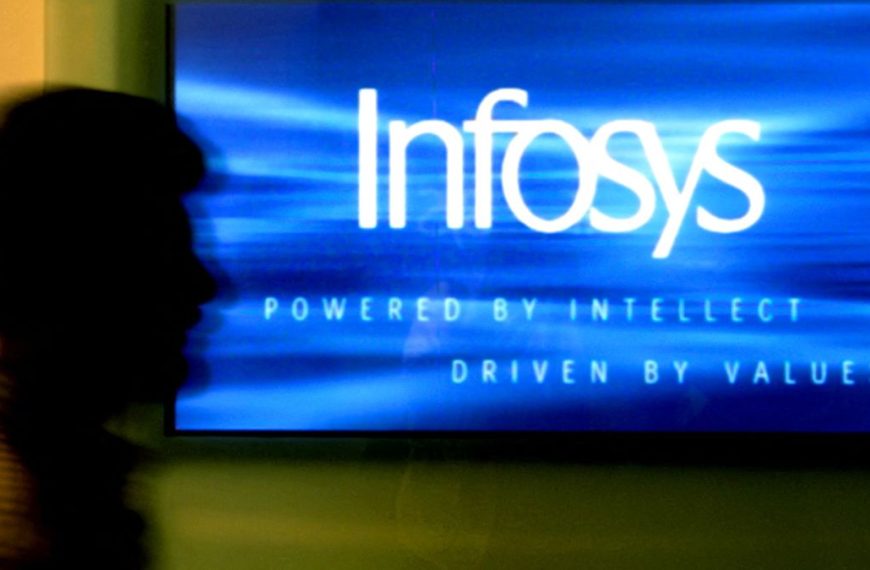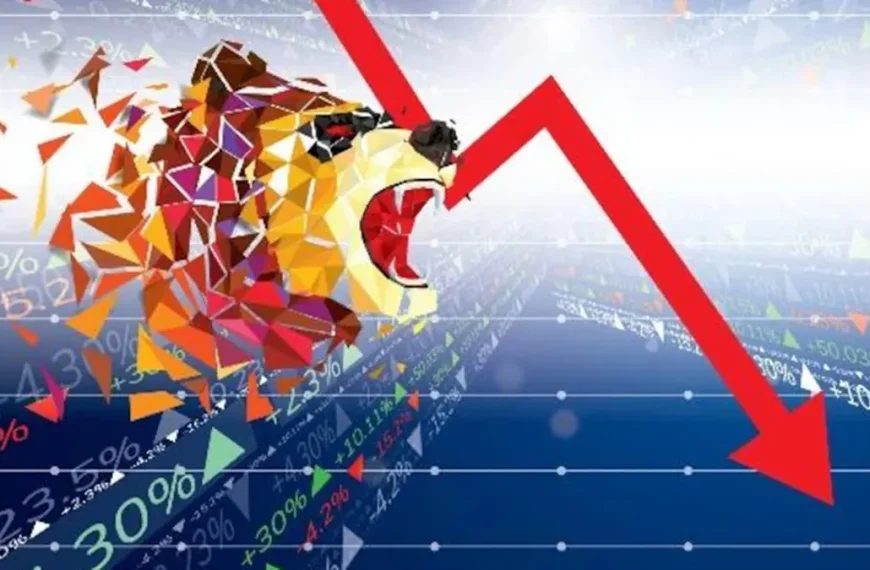Investors on Dalal Street have been closely monitoring the financial results of HDFC Bank and ICICI Bank for the March 2025 quarter, especially given the Reserve Bank of India’s (RBI) recent measures to stimulate economic growth through reduced interest rates. In a notable market performance, HDFC Bank reached a remarkable 52-week high of ₹1,919.4, while ICICI Bank also achieved a significant milestone with a peak of ₹1,408.6 during Thursday’s trading session.
Quarter Performance Highlights
Net Interest Margins (NIM)
For the March 2025 quarter, HDFC Bank reported a core net interest margin (NIM) of 3.65%, a slight increase from 3.63% the previous year. In contrast, ICICI Bank showcased a NIM of 4.41%, up from 4.4% last year, reflecting its robust lending operations.
Growth in Gross Advances
- HDFC Bank saw its gross advances grow by 5.4% year-on-year, amounting to ₹26.4 lakh crore.
- ICICI Bank experienced a more impressive growth rate, with total advances rising 13.3% year-on-year to ₹13.41 lakh crore, primarily driven by corporate loans.
Asset Quality
Both banks maintained stable asset quality in the March quarter:
- HDFC Bank reported a net NPA ratio of 0.43%, up from 0.33% last year.
- ICICI Bank‘s net NPA ratio slightly improved to 0.39% compared to 0.42% in the previous year.
Cost Management and Profit Growth
HDFC Bank effectively managed its operating costs, achieving a nearly 12% year-on-year reduction in employee expenses to ₹6,115 crore. This efficiency contributed to a 6.7% year-on-year increase in standalone net profit, reaching ₹17,616.1 crore. Meanwhile, ICICI Bank reported a substantial profit growth of nearly 18% year-on-year, totaling ₹12,629.6 crore.
Return on Assets
- ICICI Bank led with a superior return on assets (annualized) of 2.52%.
- HDFC Bank posted a return on assets of 1.94% for the same quarter.
Future Outlook
The RBI recently lowered the repo rate by 25 basis points, bringing it to 6%. This move aligns with similar actions taken by global central banks like the European Central Bank (ECB) amid growing concerns over global economic growth due to trade tensions.
Looking ahead, the RBI forecasts a real GDP growth rate of 6.5% for the fiscal year 2025-26, consistent with previous estimates. To safeguard their NIMs, both banks have reduced interest rates on savings and limited high-cost fixed deposit schemes.
ICICI Bank has received approval to raise ₹25,000 crore through non-convertible debentures in the domestic market and an additional $1.5 billion in overseas debt markets. In terms of branch networks, HDFC Bank operates 9,455 branches, while ICICI Bank has 6,983, both crucial for attracting low-cost deposits and expanding their loan portfolios.
Investment Insights
The current price-to-earnings (P/E) ratios indicate that HDFC Bank trades at approximately 21 times its estimated standalone earnings for FY 26, while ICICI Bank is at 19 times. This suggests that investors are optimistic about the growth potential of these leading banks, although some may prefer to wait for a market correction before investing long-term.
As investors keep a close eye on the potential impacts of ongoing global trade disputes on bank NPA ratios, many are also eager for updates regarding the IPO of HDB Financial Services, a subsidiary of HDFC Bank.
In conclusion, the recent performance of both banks reflects their resilience and adaptability in a challenging economic environment, making them noteworthy considerations for investors keen on banking sector opportunities.











